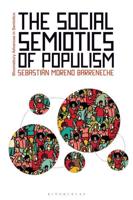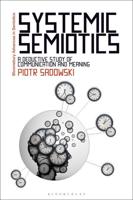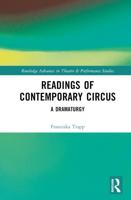Publisher's Synopsis
This book provides a groundbreaking exploration of image semiotics. Going far beyond traditional analyses of static visual texts, it includes dynamic imagery, literary iconography, and psychological images, offering a holistic view of how semiotics permeates various forms of media and cultural expression.
The book integrates various case studies on Chinese culture, providing scholars outside China a unique lens through which to understand Chinese cultural thinking through semiotics. This approach not only enriches the academic discussion but also enhances cross-cultural understanding. In addition, the book collects and synthesizes significant achievements in semiotics, incorporating traditional visual theory research from the Panofsky and Warburg schools. This synthesis forms a comprehensive "semiotics of images," providing an interdisciplinary analytical framework for contemporary "media spectacles." The book employs multiple methodologies to dissect the visual image spectacles constructed by modern media signs, culminating in a macro-level understanding of cultural spectacles. Furthermore, it situates the comparison between Chinese and Western civilizations within a broad context of cultural philosophy and history, enriching the discourse on cultural differences and similarities.










